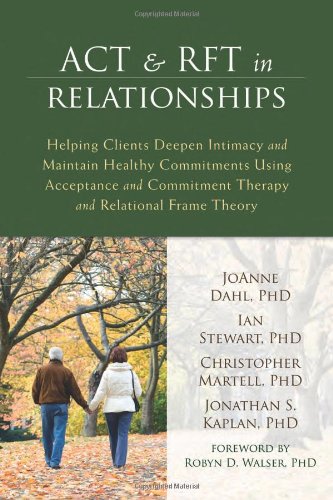

Most ebook files are in PDF format, so you can easily read them using various software such as Foxit Reader or directly on the Google Chrome browser.
Some ebook files are released by publishers in other formats such as .awz, .mobi, .epub, .fb2, etc. You may need to install specific software to read these formats on mobile/PC, such as Calibre.
Please read the tutorial at this link. https://ebooknice.com/page/post?id=faq
We offer FREE conversion to the popular formats you request; however, this may take some time. Therefore, right after payment, please email us, and we will try to provide the service as quickly as possible.
For some exceptional file formats or broken links (if any), please refrain from opening any disputes. Instead, email us first, and we will try to assist within a maximum of 6 hours.
EbookNice Team

Status:
Available0.0
0 reviewsEven if you are not a couples therapist, chances are you have dealt with clients whose problems are based in relationship issues. In order to successfully treat these clients, you must first help them understand what their values are in these relationships, and how their behavior may be undermining their attempts to seek intimacy and connection.
Combining elements of acceptance and commitment therapy (ACT) and relational frame theory (RFT), ACT and RFT for Relationships presents a unique approach for therapists to help clients develop and experience deeper, more loving relationships. By exploring personal values and expectations, and by addressing central patterns of behaviors, therapists can help their clients establish and maintain intimacy with their partner and gain a greater understanding of their relationship as a whole.
ACT is a powerful treatment model that teaches clients to accept their thoughts, identify their core values, and discover how these values are extended to their relationships with others. RFT focuses on behavioral approaches to language and cognition, and can help clients identify their own expectations regarding relationships and how they might communicate these expectations with their loved ones more effectively.
This book aims to shed light on the thought processes behind intimate relationships—from the attraction phase to the end of intimacy—from a functional, contextual perspective.